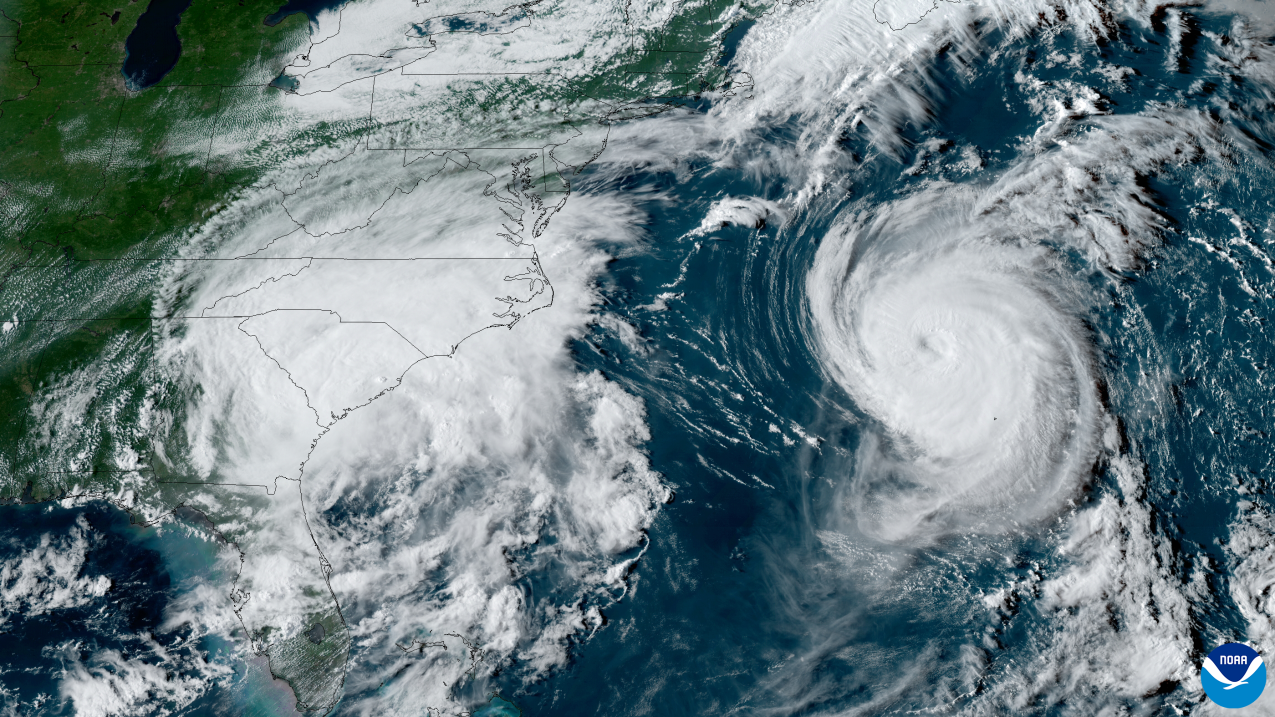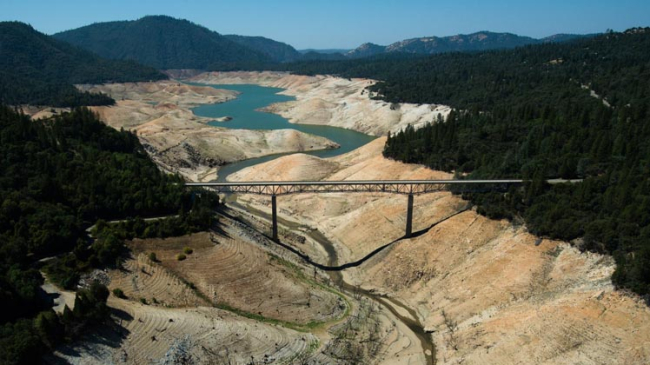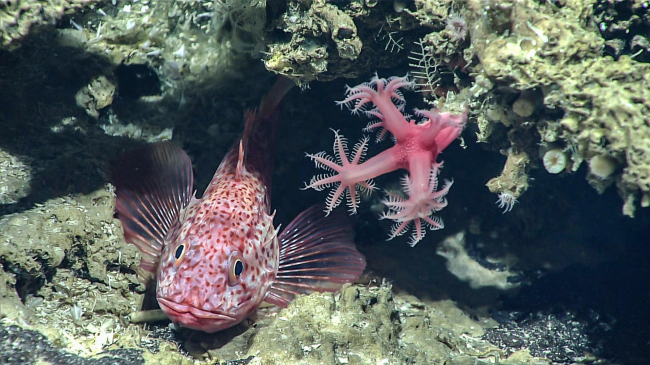Research findings will be used to improve numerical prediction systems, build international collaborations

GeoColor imagery from NOAA's GOES-16 satellite of Tropical Storm Idalia and Hurricane Franklin on August 30, 2023 (Image credit: NOAA)
Today, the Department of Commerce and NOAA announced $6.6 million in recommended funding to establish a new multi-university Data Assimilation Consortium to improve weather forecasts using enhanced numerical weather prediction systems, as part of President Biden’s Investing in America agenda.
This investment, funded by the Inflation Reduction Act (IRA), will support six institutions that have been chosen to receive funding and will work together collaboratively under the new Consortium for Advanced Data Assimilation Research and Education (CADRE). CADRE is led by the University of Oklahoma offsite link and includes Colorado State University offsite link, Howard University offsite link, University of Maryland offsite link, Pennsylvania State University offsite link and the University of Utah offsite link.
“The U.S. is experiencing nearly six times more major weather and climate disasters per year than it did forty years ago, and the Biden-Harris Administration is committed to ensuring we have the most accurate data possible to mitigate the impact of these disasters and fight climate change,” said U.S. Secretary of Commerce Gina Raimondo. “This investment, made possible thanks to President Biden’s Inflation Reduction Act, will upgrade and improve NOAA’s technology for numerical weather prediction capabilities to ensure accurate and timely information is available to the public and public safety officials in the face of extreme weather and climate events — making our communities more climate resilient.”
Although weather forecasting accuracy has vastly improved in the last several decades, the computer models used to create them need to be upgraded given new technological developments, such as artificial intelligence. Outputs from models such as the Global Forecast System, used by NOAA to produce weather forecasts, need constant updates, including the assimilation of new data.
“Data assimilation advancements are key to improving the accuracy of NOAA’s operational weather forecasts,” said Assistant Secretary of Commerce for Environmental Observation and Prediction, Michael C. Morgan, Ph.D. “Investments like this one, funded through the Biden-Harris Administration’s Inflation Reduction Act, are making way for a more weather and climate resilient nation and will enhance the national economy.”
Data assimilation is the science of combining different sources of information, like observations of the atmosphere and weather model data, to best estimate the state of a system as it evolves. It can be used to look at how a weather system or an ocean system changes over time. It can keep a sequence of forecasts by a weather model on track by constantly correcting the inputs to the model with new weather observations in real time. Data assimilation can improve tropical cyclone intensity and rainfall projection, surface wind estimates, snow depth and snow cover forecasts in winter storms through the more effective use of satellite, surface, air and ocean observations.
There are currently gaps in our capabilities to effectively use data from our global observing system, and not many people have the expertise needed to fill these gaps to advance weather forecasts with data assimilation. NOAA’s new data assimilation consortium, funded by the IRA, seeks to address these needs.
“This multi-university consortium will accelerate the science and methodology of data assimilation techniques, as well as educate and train the next generation of data assimilation experts,” said Raymond Tanabe, acting director of NOAA’s Weather Program Office.
The consortium will also foster data collaboration, student training and an exchange of expertise between NOAA and the Joint Center for Satellite Data Assimilation offsite link. Support from additional academic partners, including minority-serving institutions and international institutions, will further support improvements in weather and climate modeling. For example, the Transatlantic Data Science Academy, launched by the UK Met Office and NOAA in August 2023, will work with successful applicants to advance data assimilation.
Collaboration and expected outputs from the consortium will be used to improve computer weather forecast predictions using the Unified Forecast System (UFS) offsite link, a community-based, coupled and comprehensive Earth modeling system. The consortium will also work closely with NOAA’s Earth Prediction Innovation Center to advance new data assimilation science into operations within the UFS.
View the funding opportunity at this grants.gov webpage, and visit NOAA’s Inflation Reduction Act website to learn about current and future funding opportunities.
Climate, weather, and water affect all life on our ocean planet. NOAA’s mission is to understand and predict our changing environment, from the deep sea to outer space, and to manage and conserve America’s coastal and marine resources.
Media contact
Alison Gillespie, alison.gillespie@noaa.gov, (202)713-6644




